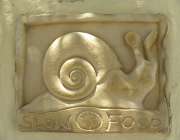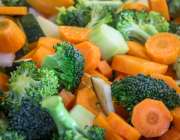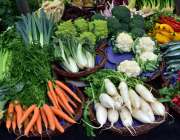- Email: info@yournutrition.site
- Home
- Living well
- Services
-
Recipes
- Recipes overview
- Large nutrition filter
- Breakfast
-
Lunch
- Spiced lentil soup
- Curried butternut squash and peanut butt
- Hearty leek and potato soup
- One pot spanish rice and bean soup
- Roasted veg filled herb egg rolls
- Spanish tortilla
- Vine tomato soup
- Chickpea and chorizo soup
- Pumpkin, sweet potato and ginger soup
- Minestrone soup
- Hot plum and fennel salad
- Chickpea and spinach curry
- Pink scottish salad
- Potato, pea and mint tortilla
- How to make your own kimchi
- Skirlie ball recipe
- Spiced carrot & lentil soup
- Poached eggs with grilled vegetables on
-
Dinner
- Hearty root veg curry
- Tarka dal
- Batch cooked beef stew
- Batch cooked chicken biryani
- Spiced pilau rice
- Pesto risotto with caramelised onions
- Mexican style sweet potato gratin
- Idiyappam
- Pumpkin risotto
- Jamaican black bean stew
- Balsamic roasted beetroot
- Easy peasy pizza
- Carrot and celeriac gratin
- Leek and potato cake
- Kale pesto
- Macaroni cheese
- Joe's healthier chilli
- Chicken jalfrezi
- Snacks
- Desserts
- Special diets
- Learn to cook
- Testimonials
- About
-
News
- News overview
- Nbite
- Nutrition News
- Site News
-
General News
- Coming soon
- Local News
-
Promotions
- Coming soon
-
Competitions
- Coming soon
- Links
- Contact
-
Living well
- Home
- Living well
- Nutrition basics
- Fabulous Fibre
Fabulous Fibre
- Feb 17, 2019
- Joe Jones
- 719 words, Reading time around 4 minutes
- Living well
-
Nutrition basics
Home & Business
Fibre health nutrition weight-maintainance carbs breakfast https-yournutrition-site gut balance
Fibre filled breakfast
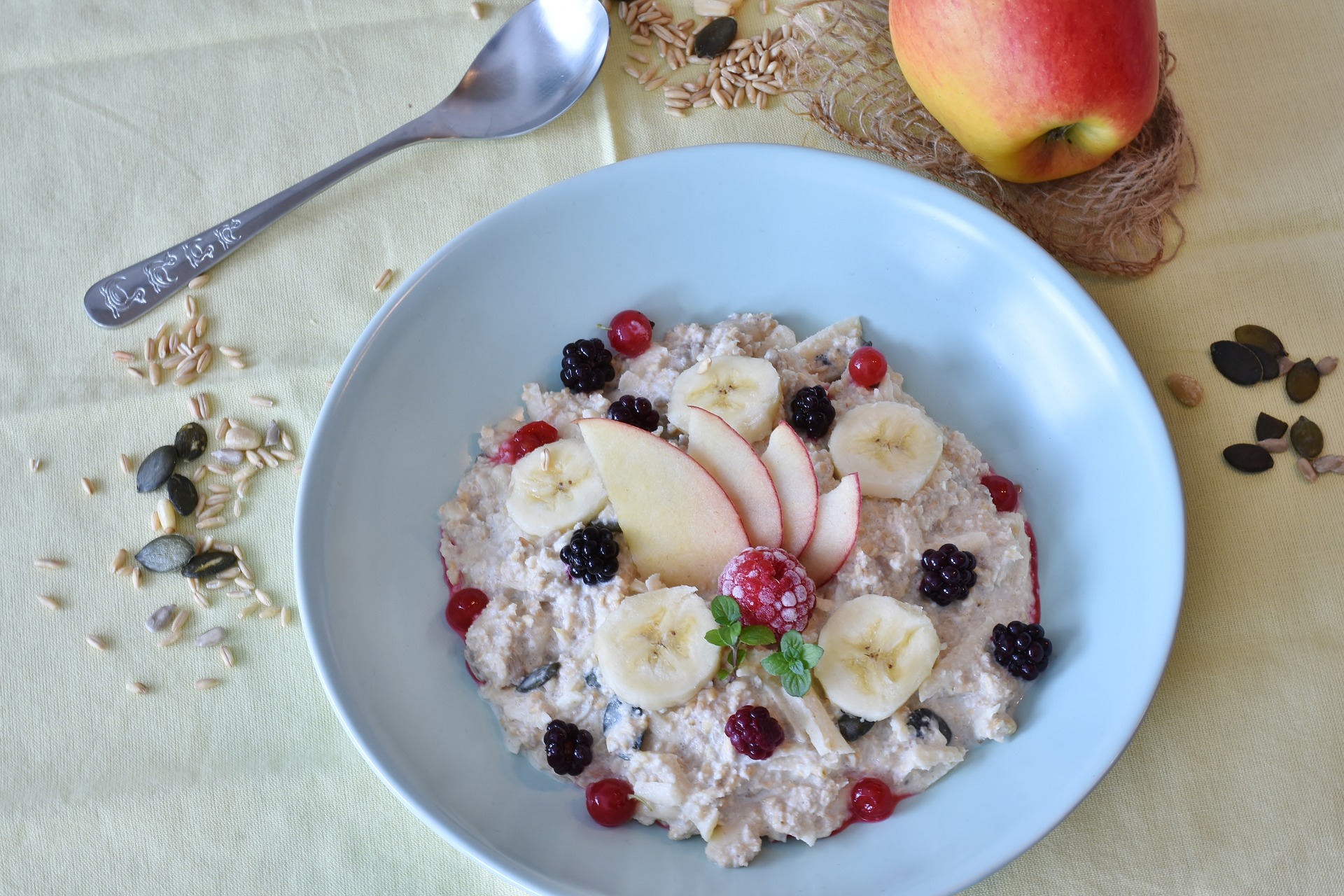
Porridge topped with fruit
Fabulous Fibre
A recent report of a series of systematic reviews of studies and meta-analyses, entitled Cabohydrate quality and human health, was published in the Lancet medical journal this month. It was picked up by various sections of the media, putting Dietary Fibre into the news over February.
Following the news reports and social media interest, starting from last months "Veganuary", there does seem to be a growing awareness and movement towards sourcing less processed and eating more plant based foods. February is already well into being touted as "FibreFebruary", which can all only be a good thing.
So, with the focus on fibre just now, i thought i'd put out a wee post on what fibre is, and just what makes it so fabulous for our health.
What is Fibre?
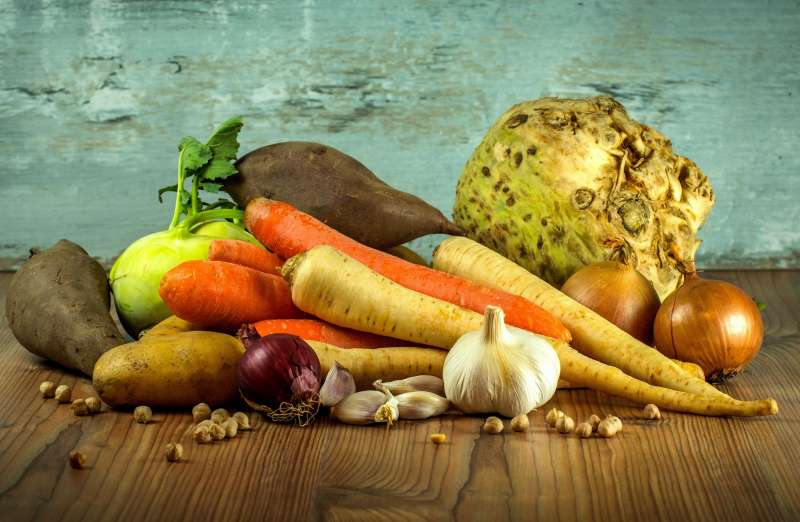
Vegetable selection
Dietary fibre is a form of carbohydrate that comes from plants, specifically the walls of plant cells. Unlike the other forms of carbohydrate (starch and sugar), which are mostly digested in the small intestine, fibre, moves through the small intestine and into the large intestine.
There are many different kinds of fibre, which mainly come under two main types: Soluble and Insoluble, both of which we need in our diet as they are used in our bodies in different ways.
Soluble fibre is able to dissolve in the water found in our gut, as it dissolves it forms a gel which has been shown to soften stools helping waste to move through our gut more easily. Certain soluble fibres such as beta-glucans and pectins also help to reduce cholesterol levels in our blood.
Insoluble fibre isn't able to dissolve in water, so it passes through our gut mostly without being broken down. It aids other food we eat in passing through our gut more easily as it passes intact to our large intestine.
Food high in fibre include:
- Wholegrain foods - cereals, breads, pasta, oats, barley, rye
- Root vegetables - carrots, celeriac as well as broccoli, sweetcorn and potatoes (with their skin)
- Whole fruits - berries, bananas, apples, pears, oranges
- Beans, peas and pulses
- Nuts and seeds
The main thing to know however, is that most fibre rich foods contain both types of fibre, so as long as we eat a good variety of these foods we'll be getting enough of what our bodies need.
What makes fibre so good for our health?
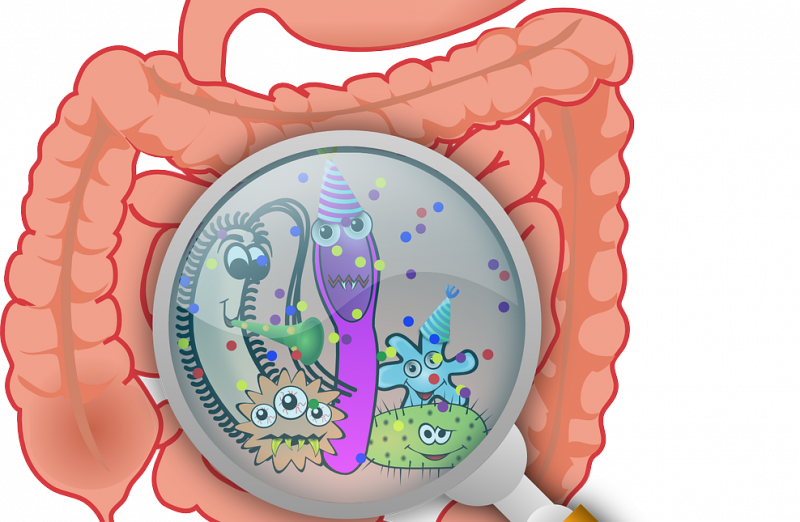
Gut microbiota
Getting enough daily fibre in our diet is known to benefit our health in 3 main ways:
- Helps to keep our digestive system healthy
Fibre helps to bulk up stools (Poo) it also absorbs more water both helping the waste move through the gut more easily.
- Helps reduce risk of Cardiovascular disease, type II diabetes and bowel cancer
Fibre is known to help in preventing obesity, which can increase risks of the above diseases. Increased fibre intake can help us feel full, making us less likely to snack or over eat.
A type of fibre called beta-glucan found in oats and barley, has been shown to reduce levels of LDL cholesterol when consumed daily as part of a healthy, balanced diet.
Certain types of fibre are known to reduce the speed of food digestion, helping to keep blood sugar levels stable which can improve insulin sensitivity and prevent or improve type II diabetes.
The protective effects of fibre against the development of bowel cancer may be down to its actions on helping waste move more easily through the gut. It may also be due to certain types of fibre providing food for gut bacteria, which in turn produce chemicals beneficial to the bowel.
- Increases good gut bacteria
Increasingly, it is known that a fibre rich diet can improve the variety and numbers of beneficial microorganisms living in our gut. Certain types of fibre, known as prebiotics provide food for these organisms helping them to multiply and produce more substances known to be protective in numerous ways, such as short chain fatty acids.
How much fibre do we need?
The latest guidelines, recommend that adults should be eating around 30g of fibre each day, currently, we are only eating on average 18g per day.
For children the recommended average amounts per day are:
2-5 years 15g 5-11 years 20g 11-16 years 25g
Increasing our intake of vegetables, fruit, pulses and wholegrain foods, alongside reducing our intake of highly processed foods, will not only help to boost our fibre levels but also our levels of many other beneficial nutrients.


